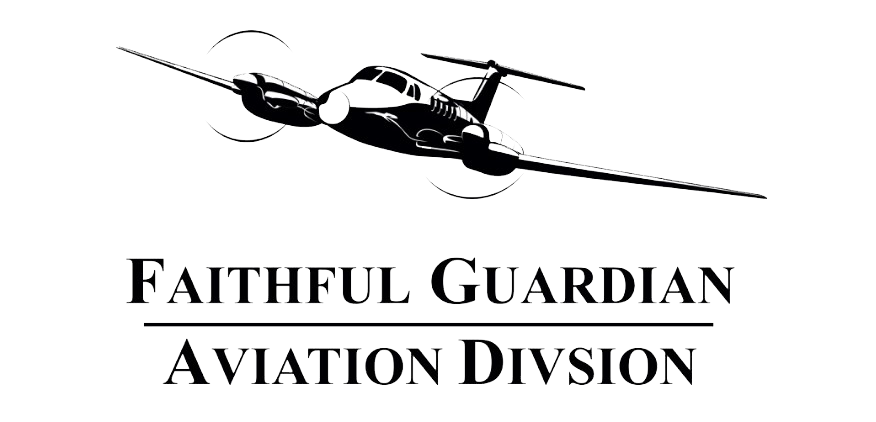- Home
- All Courses
- Commercial Pilot
-
Airplanes and Aerodynamics
-
Lesson 1.1 Flaps
10 min
-
Lesson 1.2 Airplane Wings
10 min
-
Lesson 1.3 Stalls
10 min
-
Lesson 1.4 Spins
10 min
-
Lesson 1.5 Lift and Drag
-
Lesson 1.6 Ground Effect
10 min
-
Lesson 1.7 Airplane Stability
10 min
-
Lesson 1.8 Turns
10 min
-
Lesson 1.9 Load Factor
-
Lesson 1.10 Transonic and Supersonic Flight
10 min
-
Quiz
-
Lesson 1.1 Flaps
-
Airplane, Instruments, Engines and Systems (Lesson 2.1/2.4/2.5 missing)
-
Airports, Air Traffic Control and Airspace (*3.6 no information showed up)
-
Federal Aviation Regulations (*4.2/4.3/4.8/4.9/4.10)
-
Airplane Performance and Weight and Balance (*5.4/5.5/5.6/5.7/5.8)
-
Aeromedical Factors and ADM (*6.3/6.4 No info was shown)
-
Aviation Weather (*7.1-7.9) Did not show up in search.
-
Weather Services (*8.3 is missing a picture/8.4/8.7/8.9)
-
Navigation Charts, Publications, Flight Computers
-
Lesson 9.1 Sectional Charts
-
Lesson 9.2 Chart Supplemental
-
Lesson 9.3 IFR En Route Low Altitude
-
Lesson 9.4 Instrument Approach Charts
10 min
-
Lesson 9.5 Fuel Consumption
-
Lesson 9.6 Wind Direction and Speed
-
Lesson 9.7 Time, Compass Heading, Etc, on Climbs and En Route
-
Lesson 9.8 Time, Compass Heading, Etc, on Descents
-
Lesson 9 Quiz
-
Lesson 9.1 Sectional Charts
-
Navigation Instruments (*10.2-10.4)
-
Flight Operations (*11.8)
Lesson 2.6 Carburetor Heat
1. Carburetor heat enriches the fuel/air mixture because warm air is less dense than cold air.
2. Applying carburetor heat decreases engine output and increases operating temperature due to the warmer, less dense air entering the carburetor.
i. Leaving the carburetor heat on during takeoff will increase the ground roll.
